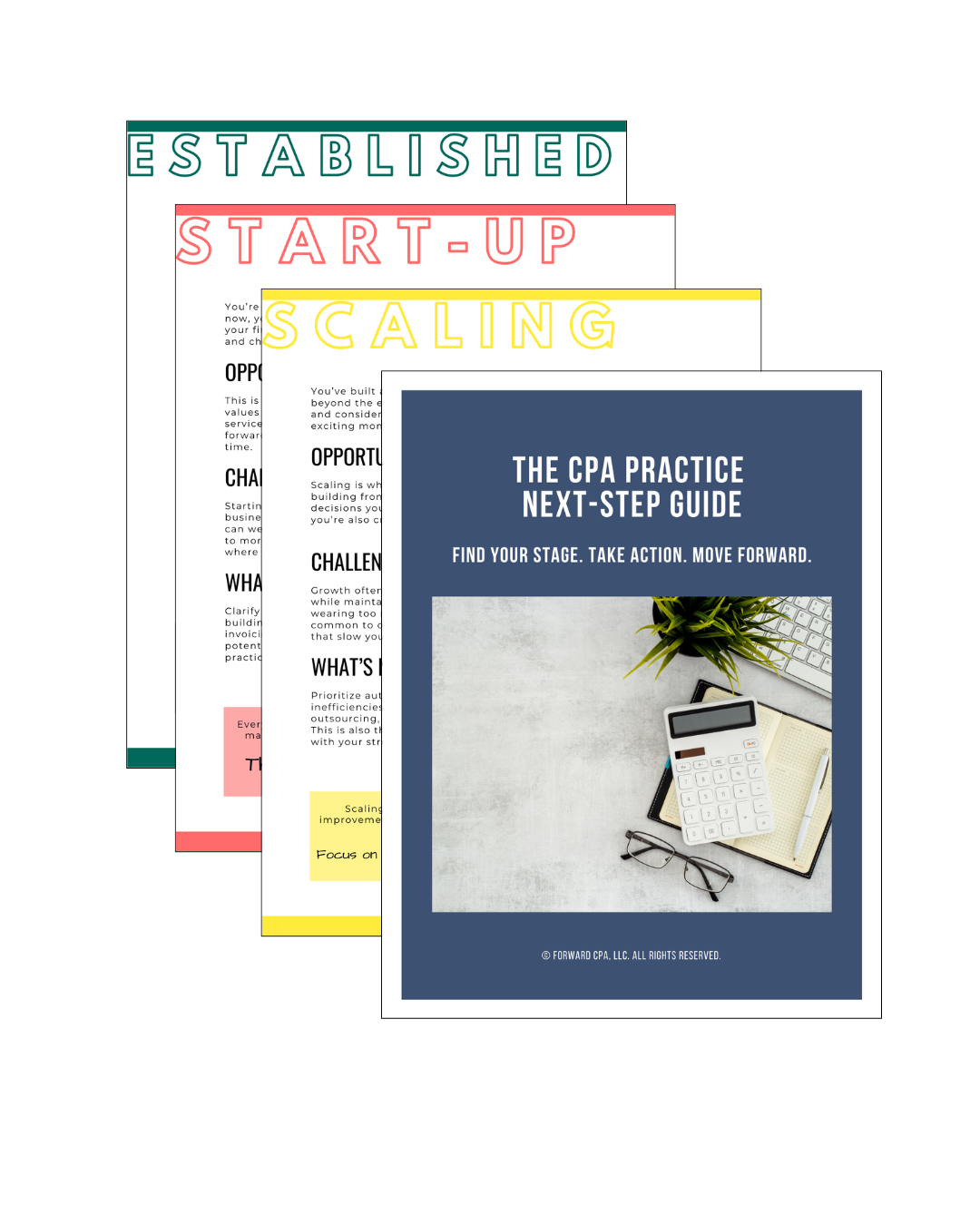From Templates to Transformation: Why Consistency Is the First Step Toward Innovation
Nov 15, 2025
Innovation gets a lot of buzz in the accounting world.
Automation. AI. Workflow tools. Smart checklists.
But here’s the truth no one wants to say out loud:
You can’t automate what you haven’t standardized.
You can’t innovate until you’re consistent.
If every workpaper looks different, if your processes live in your head, or if your audit file changes shape with every client—adding more tools won’t solve the problem. It just adds noise.
Before transformation comes the foundation. And that foundation starts with one unglamorous but powerful word:
Consistency.
Why Consistency Comes First
When you build consistency into your audit process—using templates, checklists, and workflows—you gain:
-
Clarity: Everyone knows what “done” looks like
-
Efficiency: You don’t waste time reinventing schedules
-
Quality: Review is easier, and peer review is smoother
-
Trainability: New staff get up to speed faster
-
Scalability: You can take on more clients without burning out
Innovation doesn’t replace consistency.
It builds on it.
The Danger of Skipping This Step
It’s tempting to dive into automation tools or AI-assisted platforms—especially if your audit season feels overwhelming. But if your inputs are inconsistent, your outcomes will be too.
🚫 What this looks like:
-
Using Zapier to auto-collect documents—but every client labels them differently
-
Building a disclosure tool that breaks because your footnotes are formatted 5 different ways
-
Creating checklists in Asana—but the steps vary from file to file
-
Hiring help—but still spending hours reviewing because nothing is standardized
Messy processes at scale = bigger messes.
Consistency protects your systems from collapsing under growth.
Templates Aren’t Limiting—They’re Liberating
Some firm owners resist templates because they want flexibility. But when everything is custom, nothing is clear.
Templates don’t box you in—they free up your brainpower for better things.
✅ Good templates:
-
Handle the repeatable work
-
Include built-in tie-outs and instructions
-
Standardize file names and folder structure
-
Create a visual cue for what’s missing or incomplete
-
Give your team confidence, not confusion
Templates don’t kill creativity.
They eliminate chaos.
How to Move from Templates to Transformation
You don’t need to choose between structure and innovation. You just need the right order.
✅ 1. Standardize First
Pick 2–3 high-volume audit areas and build or refine templates:
-
Capital asset rollforwards
-
Debt schedules
-
SEFA tracking
-
Bank reconciliations
Use them consistently across every engagement.
✅ 2. Train With Intention
Record short videos showing how to use each template and where it lives. Include expectations in your onboarding or staff review process.
✅ 3. Document Your Workflow
Write down the order of steps for audit prep, testing, review, and reporting. Once you can describe your system, you can start to automate parts of it.
✅ 4. Test Automation on the Repetitive Work
Now that your inputs are standardized, look for small wins:
-
Auto-fill adjusting journal entry logs
-
Generate templated client request lists
-
Use conditional formatting to flag missing sign-offs
-
Use folder templates to save time during setup
✅ 5. Iterate With Confidence
Once your system runs consistently, improving it becomes easier—and smarter.
You don’t need to launch the perfect tool.
You just need a repeatable foundation that’s ready for what’s next.
Innovation Starts with Structure
We love the idea of transformation.
But in practice? It starts with something simple.
✅ A clear folder structure
✅ A consistent naming convention
✅ A checklist that gets used
✅ A template that removes friction
These are the building blocks of real change.
Because the firms that scale, innovate, and thrive aren’t the ones doing the most—they’re the ones doing the same thing well, every single time.
Templates don’t hold you back.
They push you forward.
Your Next Step Forward
Join the newsletter designed to help CPAs take the next best step in building a practice they love, with practical insights, game-changing tools, and quick wins in every email.
We hate SPAM. We will never sell your information, for any reason.




